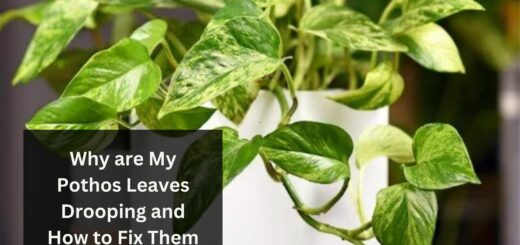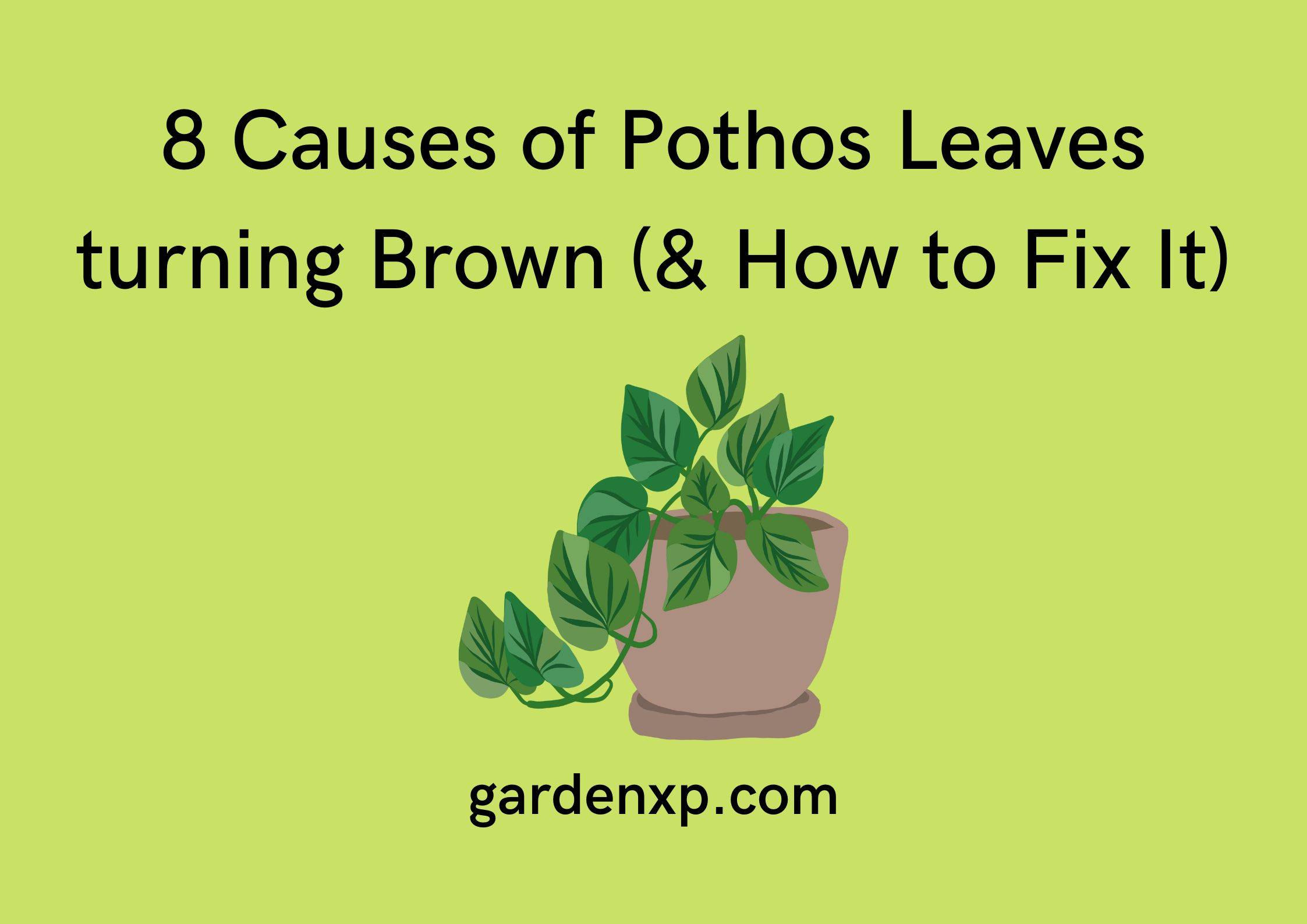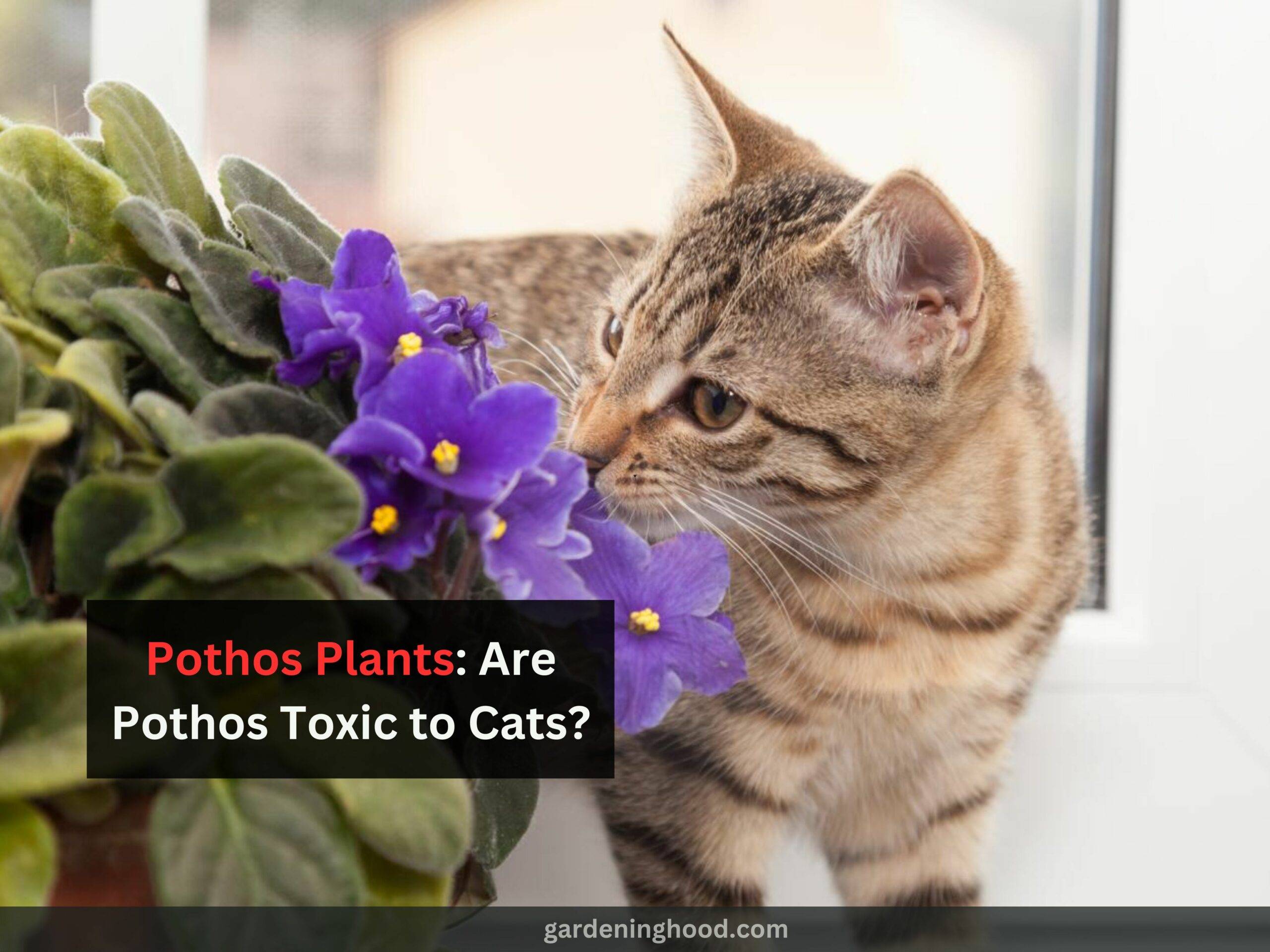Manjula Pothos vs Marble Queen (Differences and Similarities)
In this article, we will be discussing a comparison of Manjula Pothos vs Marble Queen. Know their actual Differences and Similarities here. We absolutely understand how confusing some plants’ appearances are.
Key takeaways:
- The Manjula pothos plants’ leaves are wavering and frilly with the swirling patterns in the creamish, gold, and white color on leaves whereas the leaves of marble queen are very flat and broader with the green colored splash leaves, which are also in color cream and white.
- The flowers of Manjula pothos which are cylindrical in shape, come in a shade of cream having purple spathes.
- The Manjula pothos has a slow growth rate whereas the marble queen plants have a fast growth rate.
- The structure of the leaves of Manjula pothos and marble queen plants confuse a lot of people.
- Although the marble queen plant is discovered by humans in the laboratory of the University of Florida whereas the Manjula pothos plants are more native to France, Australia, and Southeast Asia.
We bet you are as well. That’s normal! But we will clear out the confusion and also will give guidelines for growing both of these plants well. Both of the plants have the same family Araceae. he leaves help a person to understand the difference. Let’s see how!
Difference between Manjula pothos and marble queen plants – Manjula Pothos vs Marble Queen
There are not many differences between the Manjula pothos and marble queen plants but here are the differences whatever you need to know.
Leaf design
The leaf design whether the leaf shape or design will guide the best to know the difference between the two plants. The marble queen leaves are much flatter than the leaves of Manjula pothos. The leaves of the marble queen are broader with no flounces when lying down which is not the case in the manjula pothos plants.
The leaves of the marble queen feel smooth to the touch and not the same as Manjula leaves. The leaves of Manjula plants are small and look like the leaves of money plants.
Leaf color
The interesting thing about the marble queen plants is that they have so many different patterns and are also available in diff colors like white, green, or cream. The patterns are like that on the marbles or like pencil strokes. This is not seen in the Manjula pothos plants where you see similar patterns but a variety of colors appearing from the center to the edges. The plant is greener than the marble queen plants.
Though this difference needs to be seen keenly as you can get a little confused with the patterns on the leaves. I personally get into a dilemma many times. I hope you don’t.
Growth rate and habit
As the marble queen was created and invented at the University of Florida, their researchers have claimed that the whiter the patterns or variegations are the slower the growth rate. You got the answer: the marble queen plants have slower-growing habits than the Manjula pothos. The marble queen plants can still grow with good speed if they have a good amount of sunlight. The Manjula pothos plant grows denser and very quickly than its counterpart.
Similarities between the Manjula pothos and marble queen plants
Growing way
The manjula pothos and the marble queen plants have leaves without any patterns as the leaves get to pop out of their bud. The leaves when they are young will not be having variegation in both plants. Both plants will get up to the height of 66 feet when they are grown naturally under natural conditions. Even the Manjula pothos and the marble queen plants have similar growing requirements
Soil needs
The soil that is suitable for both Manjula and marble queen plants is almost the same. The plants love the soil that has high perlite, peat moss, and good drainage with moisture in it.
Light needs
Manjula pothos and the marble queen pothos plants have similar light needs that are ‘keep it natural. Both of these plants love south-facing windows. The sunlight should be filtered and dim rather than direct one which can burn the leaves of Manjula and marble queen plants.
Fertilizer
The Manjula pothos and marble queen plants don’t need much fertilizer. The soil should not be overfertilized though nutrients keep the leaves bouncy and healthy. Use diluted fertilizer in the soil that can be used to boost the Manjula and marble queen plants. Both plants can be fertilized one time a month.
Pot type
Whether the plants are Manjula or marble queen plants the pot size matters a lot. The plants need to be repotted to keep them healthy and not stunt their growth. Make sure the pot size is suitable. The pot should have good drainage holes, the material should be terracotta and the size should not be that small which can suffocate the roots and not keep it easy for roots to absorb the nutrients and water.
Caring tips for Manjula pothos and marble queen plants
The leaves of Manjula pothos and marble queen plants are sensitive to cold temperatures which means they should get a good amount of sunlight in the cold drafts. Choose a spot that gives the plants ample indirect sunlight.
Mist the plants when the soil appears dry and the plant looks lifeless and has little droopy leaves. You need to mist the plant quite often in the summertime whereas the wintertime causes these plants to get a little mist like one time every week or 10 days.
The root shocks easily happen in these plants and to avoid that you can fill a pot or container with water and keep it over the night so as to set the water temperature to room temperature. This will help the plants and roots from getting affected.
Final words of the context
The Manjula pothos and marble queen plants have more similarities than differences. The plants have different leaves with the Manjula leaves having swirl-like patterns on the leaves whereas the marble queen plants have splashy patterns. Other than this we have uploaded all the necessary differences and similarities related to the Manjula and marble queen plants. We hope you like the article and find it helpful.
FAQ‘s
Why is Manjula Pothos expensive?
The reason is they have variegated leaves which make them expensive. The unique patterns on the plant leaves make them slow growing and also very attractive to keep inside the house.
Is Marble Queen and snow queen the same?
The snow queen and marble queen plants have leaves that have patterns on the leaf’s surface. But the snow queen plants have more deep white markings than the marble queen plants.


